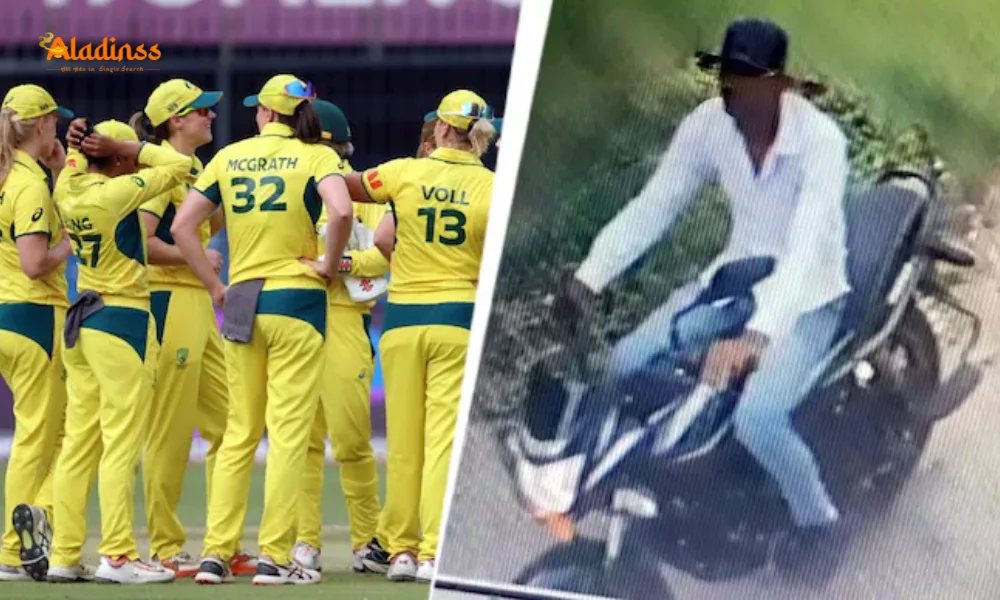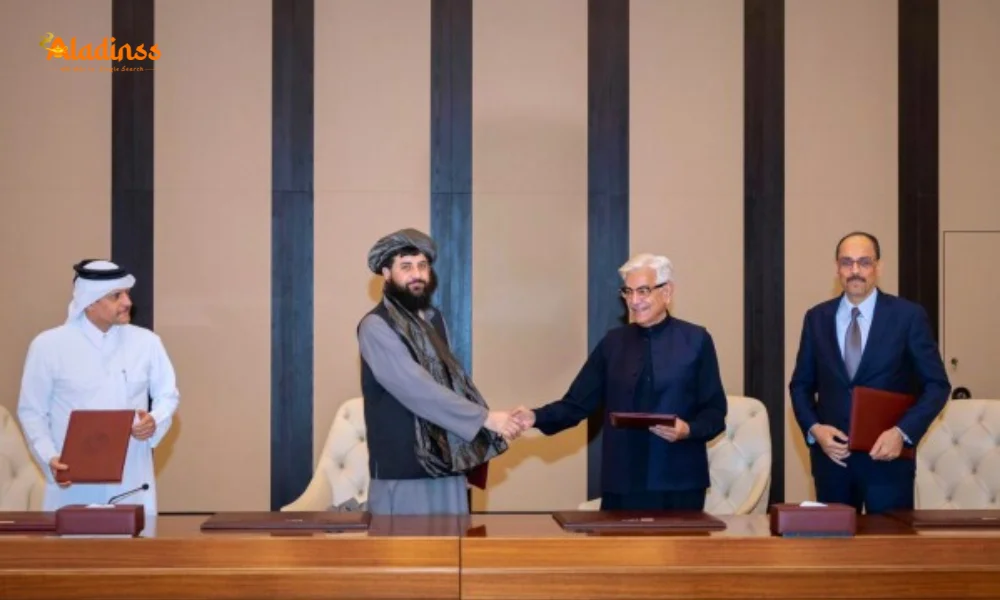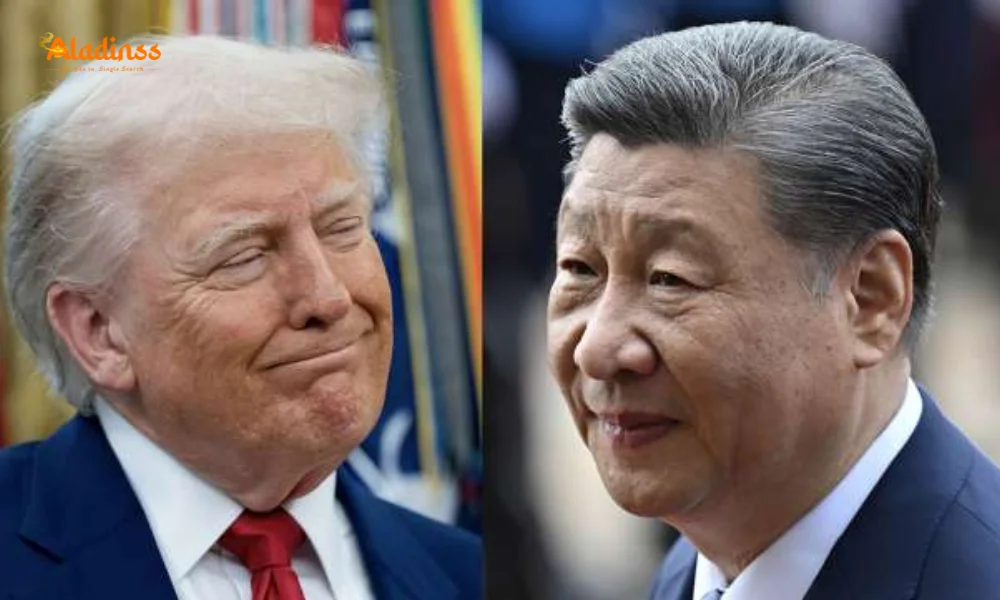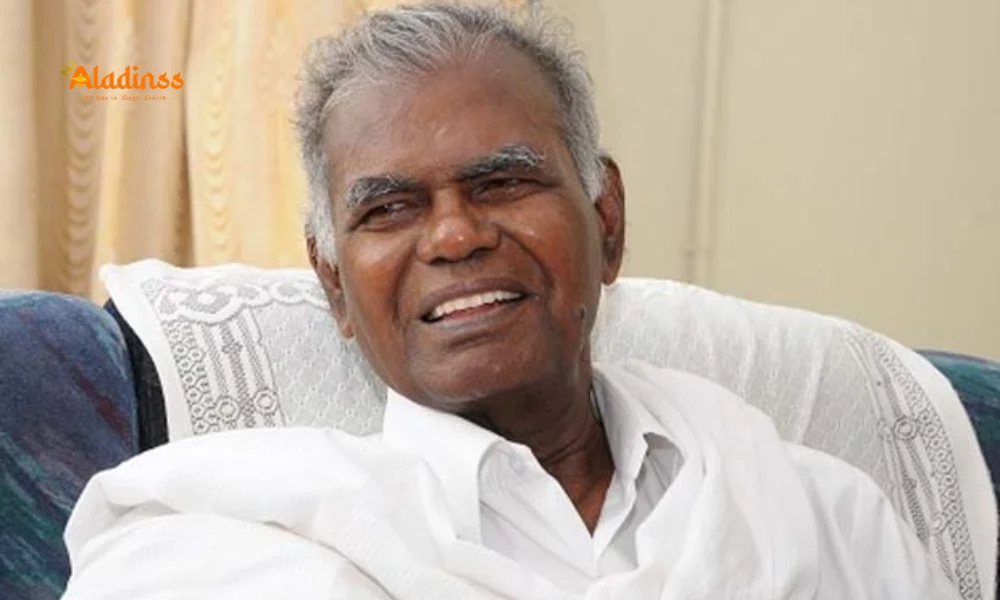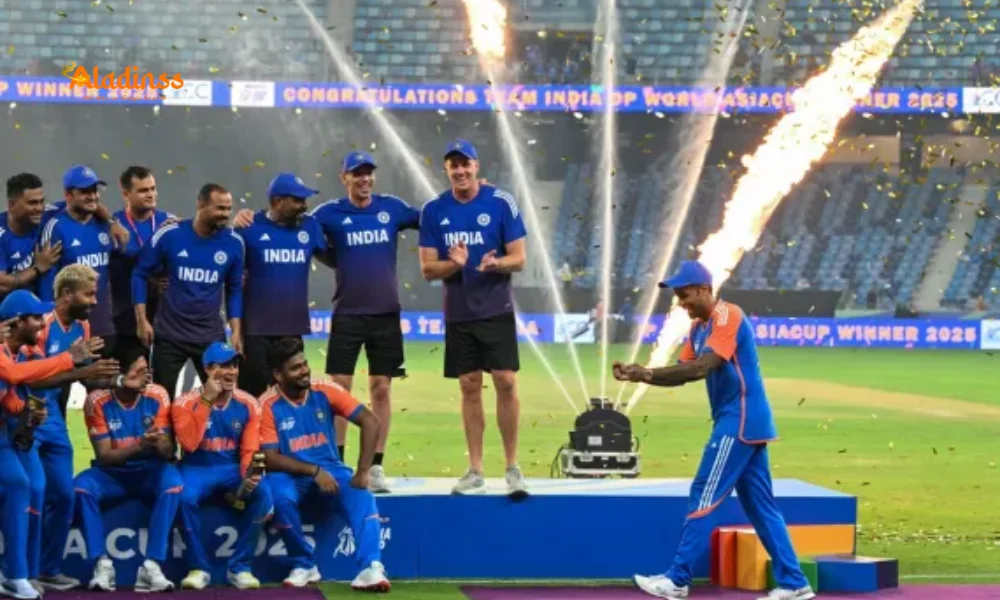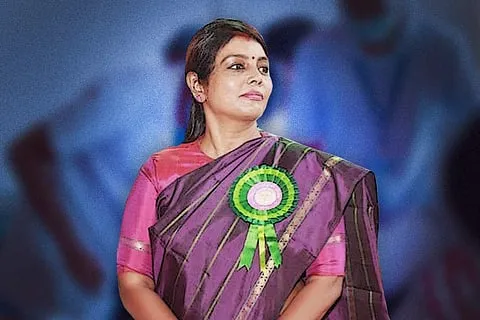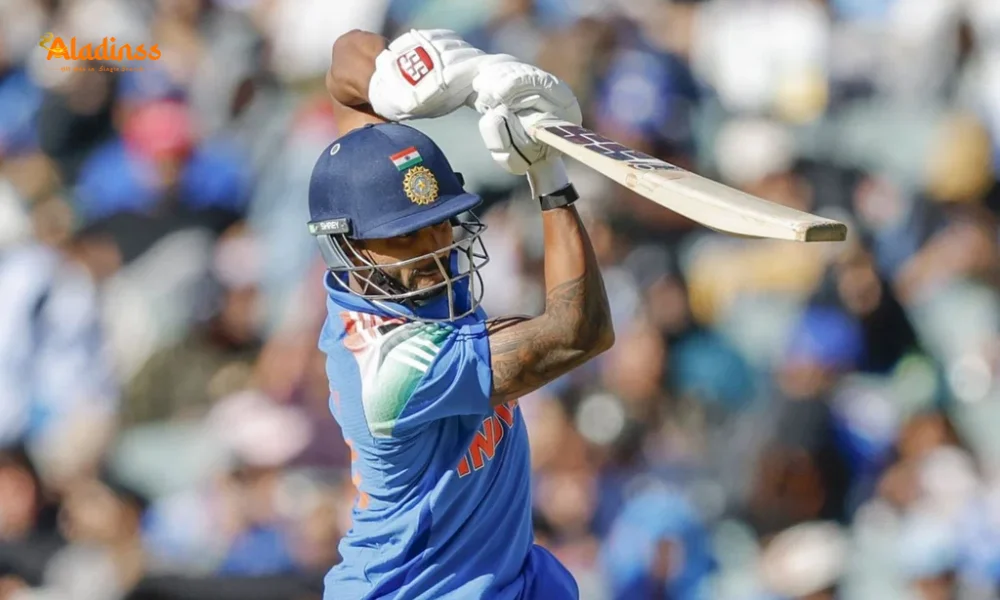INDIA Bloc Faces Crisis After VP Polls Cross-Voting
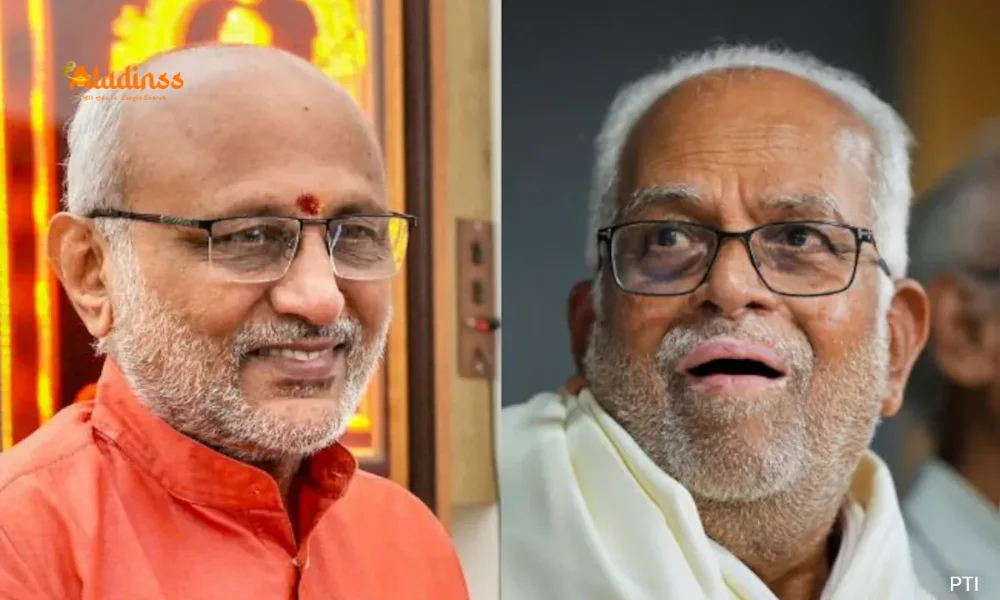
Betrayal at the Ballots: INDIA Bloc Faces Crisis After VP Polls Cross-Voting
The vice-presidential election held on September 9, 2025, has left the Indian National Developmental Inclusive Alliance (INDIA bloc) grappling with internal discord and questions about its unity. While the election did not determine the political future of the opposition coalition, the cross-voting by approximately 15 Members of Parliament (MPs) has shaken stakeholders and cast doubts on the bloc’s ability to challenge the ruling Bharatiya Janata Party (BJP)-led National Democratic Alliance (NDA). The defeat of their joint candidate, former Supreme Court judge B. Sudershan Reddy, who secured 300 votes against the NDA’s C.P. Radhakrishnan’s 452, has exposed vulnerabilities in the INDIA bloc’s strategy and cohesion.
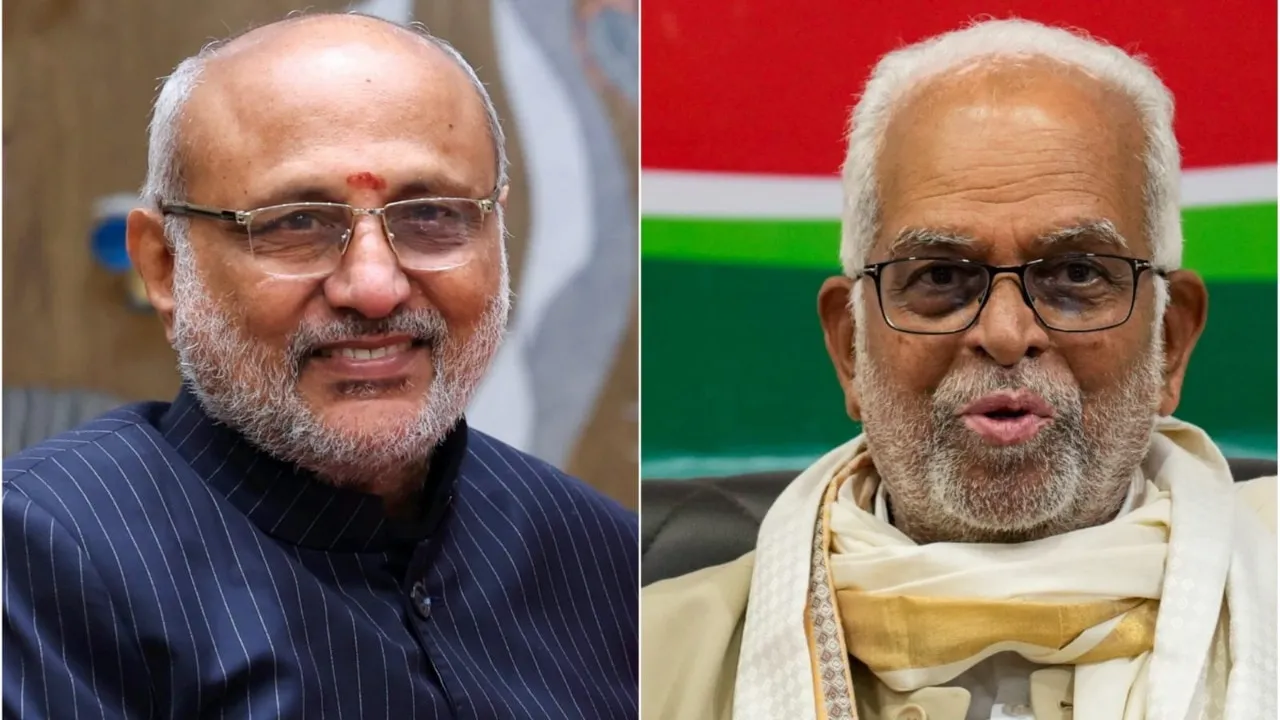
A Congress-Led Campaign That Faltered
The INDIA bloc’s campaign for the vice-presidential election was largely orchestrated by the Congress party, with B. Sudershan Reddy emerging as the unanimous choice. The Congress’s stamp of approval was evident, as the party rallied its allies to present a united front against the NDA. However, the election results revealed cracks in this unity, with Reddy securing only 300 votes despite the bloc’s claim of having 315 MPs in attendance. The shortfall, attributed to cross-voting by at least 15 MPs, has been described as an embarrassing moment for the opposition, highlighting poor floor management and a lack of coordination among its constituents.
The secret ballot system used in the vice-presidential election, which does not bind MPs to party whips, provided an opportunity for cross-voting, a phenomenon that the INDIA bloc failed to anticipate or counter effectively. Congress leader Jairam Ramesh had earlier claimed an unprecedented 100% turnout of the bloc’s 315 MPs, asserting their unity. However, the final tally of 300 votes for Reddy suggests that some MPs either voted for the NDA candidate or invalidated their ballots, dealing a blow to the opposition’s morale.
NDA’s Strategic Advantage
In stark contrast to the INDIA bloc’s approach, the NDA demonstrated meticulous planning and discipline. Despite their numerical advantage, with 427 MPs and additional support from the YSR Congress Party’s 11 MPs, the NDA left nothing to chance. The coalition organized a two-day workshop to brief MPs on the voting process, followed by breakfast meetings with senior ministers on polling day to reinforce unity. NDA MPs arrived at Parliament together, projecting a cohesive front that resonated with voters and possibly influenced some opposition MPs to cross-vote.
The NDA’s candidate, C.P. Radhakrishnan, a seasoned politician and Maharashtra Governor, secured 452 votes, surpassing expectations of around 440. This unexpected margin, coupled with claims from BJP leaders like Union Minister Kiren Rijiju that some opposition MPs voted with their “conscience” for Radhakrishnan, suggests that the NDA capitalized on the INDIA bloc’s disarray. The victory, announced by Returning Officer P.C. Mody, marked Radhakrishnan as India’s 15th Vice President, with a margin of 152 votes, one of the narrowest in recent history.
Also Read: India Warns Against Joining Russian Army
Signs of Discontent Within the INDIA Bloc
The INDIA bloc’s campaign began with optimism, building on the camaraderie displayed during Parliament’s monsoon session over the SIR electoral roll revision issue. Parties like the Trinamool Congress (TMC), Samajwadi Party (SP), and Dravida Munnetra Kazhagam (DMK) showed strong commitment, with TMC MPs Sudip Bandhopadhyay and Saugata Roy voting despite health issues, and Congress MPs like Imran Masood returning from abroad to participate. However, the absence of key leaders, such as Rahul Gandhi, from the bloc’s sole strategy meeting raised eyebrows and signaled underlying tensions.
The cross-voting incident has further exposed the fragility of the INDIA bloc’s unity. Parties like the TMC have long expressed skepticism about the Congress’s ability to lead and win elections, and this defeat may reinforce their doubts. The Rashtriya Janata Dal (RJD), facing crucial elections in Bihar, is likely concerned about the bloc’s reliability as an ally. The Congress has announced plans to investigate the cross-voting, with MPs from the Aam Aadmi Party (AAP), Shiv Sena (UBT), and DMK under scrutiny, indicating potential mistrust within the coalition.
Implications for the INDIA Bloc
The vice-presidential election was seen as a test of the INDIA bloc’s ability to present a united front against the NDA. While the bloc achieved a respectable 40% vote share, as noted by Jairam Ramesh, the shortfall from their expected 315 votes has raised serious questions about their organizational strength. The cross-voting, coupled with 15 invalid ballots, suggests either deliberate defection or procedural errors, both of which reflect poorly on the bloc’s floor management.
The election also highlighted regional dynamics, with parties like the Bharat Rashtra Samithi (BRS) and Biju Janata Dal (BJD) choosing to abstain, further weakening the opposition’s position. Congress MP Renuka Chowdhury criticized the BRS for not supporting Reddy, a Telugu candidate, accusing them of aligning with the BJP. This abstention, along with the cross-voting, has fueled perceptions of betrayal and disunity, potentially impacting the INDIA bloc’s credibility in upcoming state elections, particularly in Bihar and Tamil Nadu.
Broader Political Context
The vice-presidential election was necessitated by the sudden resignation of Jagdeep Dhankhar on July 21, 2025, citing health reasons. The timing and circumstances of his exit, described as “unexplained and unceremonious” by Congress President Mallikarjun Kharge, added a layer of intrigue to the polls. The NDA’s swift selection of Radhakrishnan, a Tamil Nadu native with strong RSS roots, was seen as a strategic move to bolster their position in the south ahead of the 2026 Tamil Nadu assembly elections.
For the INDIA bloc, the election was an opportunity to assert their ideological stance and rally their base. Reddy, a respected former Supreme Court judge, was projected as a candidate who could uphold constitutional values. Despite the loss, Reddy expressed his commitment to democratic ideals, stating, “Our democracy is strengthened not by victory alone, but by the spirit of dialogue, dissent, and participation.” However, the bloc’s inability to prevent cross-voting has left it at a crossroads, with leaders now tasked with rebuilding trust and coordination among allies.
Looking Ahead
The repercussions of the vice-presidential election are likely to linger, with the INDIA bloc facing the challenge of addressing internal divisions and improving their electoral strategy. The Congress’s planned probe into the cross-voting aims to identify culprits and prevent future lapses, but it risks further straining relations with allies. Meanwhile, the NDA’s decisive victory reinforces their dominance, with leaders like Prime Minister Narendra Modi praising Radhakrishnan’s potential to enhance parliamentary discourse.
As India’s political landscape evolves, the INDIA bloc must regroup and strengthen its coalition to mount a credible challenge against the NDA. The vice-presidential polls have served as a wake-up call, highlighting the need for better coordination, trust, and strategic planning to counter the ruling alliance’s disciplined approach.
Comment / Reply From
No comments yet. Be the first to comment!
